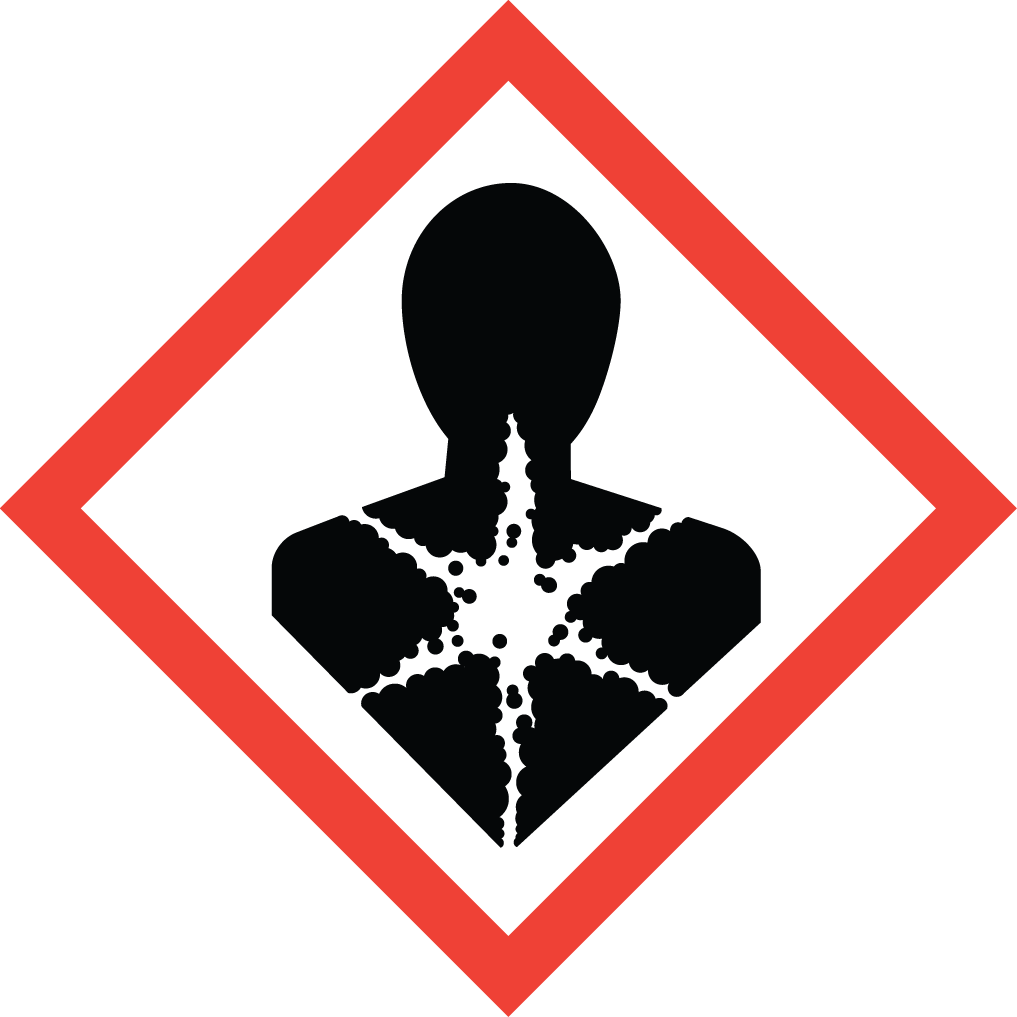Diphenylamine |
Hazard Statements
Toxic if swallowed, in contact with skin or if inhaled.May cause damage to organs through prolonged or repeated exposure.Toxic to aquatic life.GHS Classification:Specific Target Organ Systemic Toxicity (STOT) - Repeated Exposure Category 2, Hazardous to the aquatic environment - Acute Category 2, Acute Toxicity - Inhalation Vapor Category 3, Acute Toxicity - Dermal Category 3, Acute Toxicity - Oral Category 3Acute Toxicity Inhalation Gas Contains100 % of the mixture consists of ingredient(s) of unknown toxicityAcute Toxicity Inhalation Dust/Mist Contains100 % of the mixture consists of ingredient(s) of unknown toxicity
Precautionary Statements
Safety Data Sheet Diphenylamine Page 2 of 4 Section 6 Spill or Leak Procedures Steps to Take in Case Material Is Released or Spilled: Exposure to the spilled material may be severely irritating or toxic. Follow personal protective equipment recommendations found in Section 8 of this SDS. Personal protective equipment needs must be evaluated based on information provided on this sheet and the special circumstances created by the spill including; the material spilled, the quantity of the spill, the area in which the spill occurred, and the expertise of employees in the area responding to the spill. Never exceed any occupational exposure limits. Prevent the spread of any spill to minimize harm to human health and the environment if safe to do so. Wear complete and proper personal protective equipment following the recommendation of Section 8 at a minimum. Dike with suitable absorbent material like granulated clay. Gather and store in a sealed container pending a waste disposal evaluation. Section 7 Handling and Storage Handling: Do not breathe dust/fume/gas/mist/vapors/spray. Avoid breathing dust/fume/gas/mist/vapors/spray. Wash thoroughly after handling. Do no eat, drink or smoke when using this product. Use only outdoors or in a wellventilated area. Avoid release to the environment. Wear protective gloves/protective clothing/eye protection/face protection. Storage: Store in a well-ventilated place. Keep container tightly closed. Store locked up. Keep container tightly closed in a cool, well-ventilated place. Storage Code: Blue - Toxic. Store separately in a secured area. Section 8 Protection Information ACGIH OSHA PEL Chemical Name (TWA) (STEL) (TWA) (STEL) Diphenylamine 10 mg/m3 TWA N/A N/A N/A Control Parameters Engineering Measures: Local exhaust ventilation, process enclosures, or other engineering controls are necessary when handling or using this product to avoid overexposure. Personal Protective Equipment (PPE): Lab coat, apron, eye wash, safety shower. Respiratory Protection: Respiratory protection may be required to avoid overexposure when handling this product. General or local exhaust ventilation is the preferred means of protection. Use a respirator if general room ventilation is not available or sufficient to eliminate symptoms. Respirator Type(s): NIOSH approved air purifying respirator with organic vapor cartridge. Eye Protection: Wear chemical splash goggles when handling this product. Have an eye wash station available. Skin Protection: Avoid skin contact by wearing chemically resistant gloves, an apron and other protective equipment depending upon conditions of use. Inspect gloves for chemical break-through and replace at regular intervals. Clean protective equipment regularly. Wash hands and other exposed areas with mild soap and water before eating, drinking, and when leaving work. Gloves: Nitrile
Manufacturer information
Name
Carolina Biological Supply Compay
Phone
1-800-227-1150
Address
2700 York Road
Burlington, NC 27215
USA
PICTOGRAMS


Northern Michigan University
Local data
SKU #


